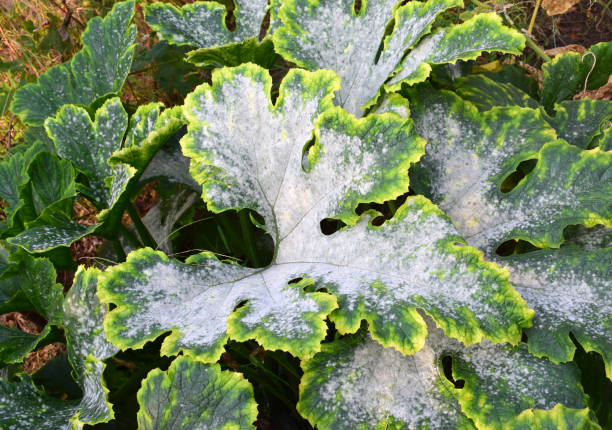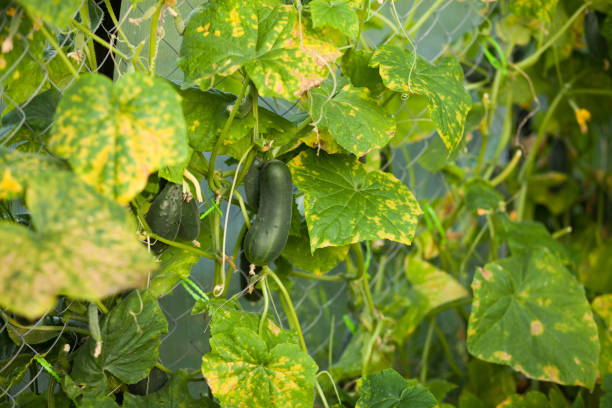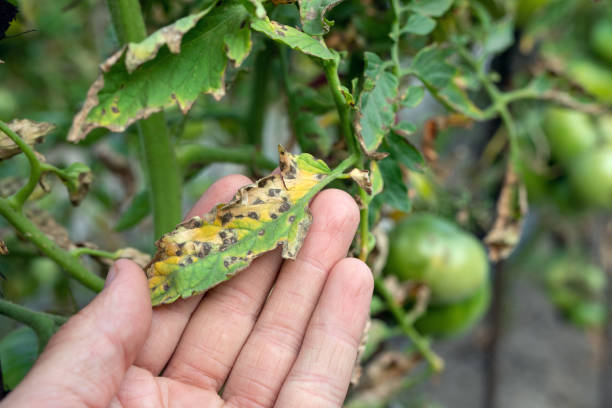Gardening should be a relaxing hobby but it sometimes becomes a stressful chore especially when you’re tasked with fighting off bugs and diseases killing your veggie garden. Here is a list of the most common diseases affecting your veggies.

Image Credit: Unsplash
Bacterial wilt
This type of disease is caused by soil-borne bacteria. It starts affecting the root system of your vegetables.
The bacterial wilt attacks more than 200 species of vegetable and is common in tropical areas of the world where temperatures reach around 25 – 35 degrees. Once infection has occurred you will notice symptoms of plant wilting and yellowing of your plants.
How to treat bacterial wilt
Bacterial wilt is difficult to control and eradicate because of the soil-borne nature of the bacteria.
- Avoid deep ploughing
- Inspect crops regularly for disease symptoms
- Check your soil for any bacteria-borne diseases
Powdery mildew
This disease will present itself later in the gardening season as flour-like dust on the leaves of your plants.
Powdery mildew will cling to newer, less mature plants, making them weaker and less likely to grow.
This plant disease can be caused by many races of fungal species. Once these fungal spores land on your plant, they will quickly germinate and start a new infection.
How to treat powdery mildew
- Maintain healthy plants by removing dead or leaves with diseases
- Don’t over-fertilize your plants
- Maintain adequate spacing between plants (for good air circulation)
Plant rust
This common veggie disease is notorious for latching onto vegetables like asparagus, carrots and onions. The rust starts as light spots on the leaves and stem, and over time will turn into reddish-orange spots.
This disease will strip your plants of their nutrients, making them less likely to grow. Rust thrives in the summer when the climate is warm and humid.
How to treat plant rust
- Spray plants with a suitable rust control product
- Remove and destroy all leaves badly infected by the
- Try to not overwater your plants
Early blight
Commonly known as target spot is one of the most common diseases attacking the leaves and stems of plants. It usually manifests and spreads during the autumn months.
Caused by the fungus Alternaria solani, the disease starts as small circular dark brown to black spots on the plant’s leaves. The leaves will sunken and eventually die if left untreated.
How to treat early blight
- Prune or stake plants to improve air circulation and reduce fungal problems.
- Add organic compost to your soil
- Apply fungicides on your plants

Image Credit: Unsplash
Diseases can occur at any stage during plant growth. It is best to check your plants regularly to avoid any damage.
ALSO SEE:
Feature Image: Unsplash

